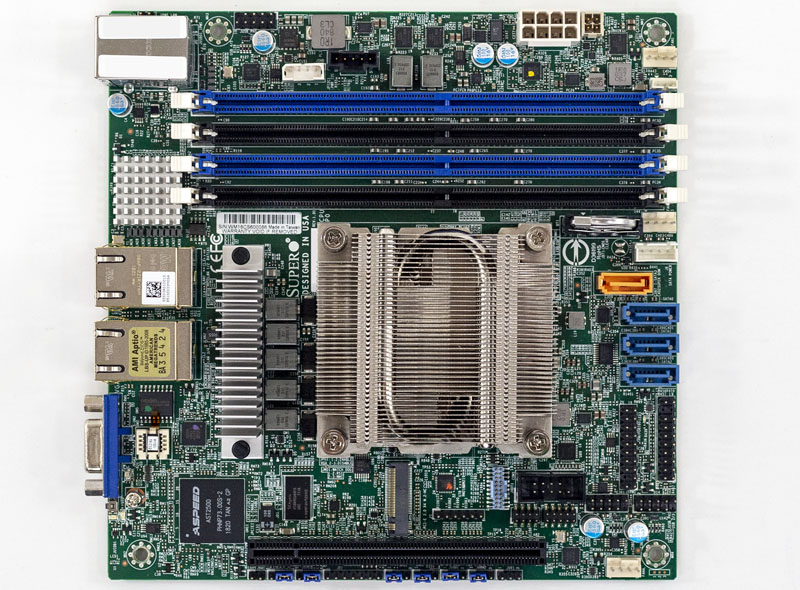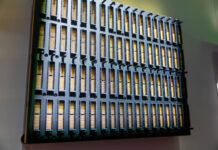Aspeed is a company you may not know, but if you have a server, it is likely you have at least one of their chips inside. The company builds baseboard management controllers (BMCs.) We have seen the AST2000 line in servers for many generations and we are now seeing the next-generation iteration called the AST2600 that we expect will become more widespread in the 2020 server cycle as Intel releases new platforms.
Fun fact: Intel Capital invested in Aspeed in 2011, prior to Aspeed’s 2013 Taiwanese IPO. One could argue that Intel supported putting Arm servers inside most Intel x86 servers.
Aspeed AST2600
The new Aspeed AST2600 offers three Arm cores. There are two Arm Cortex A7 primary cores and a single Cortex M3 embedded core. That is an update from the 6th generation AST2500 with a single 800MHz ARM11. Differences do not stop there. Here are a few highlights of the differences:

The overall compute capacity and 28nm process for the new AST2600 are welcome changes. That should help decrease power consumption and increase the ability of system firmware designers to add new features. With new cores, the AST2600 can support the ARM Cortex A7 TrustZone and Secure Boot mode which will help firmware designers implement more secure BMCs than what we have in the current generation. Extra RAM support will also help deliver those features.
BMCs are continuing a trend of getting more complex. The footprint is adding 168 pins or almost 37%. The package size is also increasing from 361 square mm (19x19mm) to 441 square mm (21x21mm.) That means we will expect to see more motherboard space dedicated to BMCs. You can see that on embedded platforms such as the Supermicro M11SDV-4C-LN4F mITX PCB, the Aspeed controller (bottom left) and its associated flash and memory already take up a lot of space.

The quad 1GbE LAN is intriguing. While we do not see more than a single out-of-band NIC being used, adding more NIC ports could allow for system designers to utilize BMC NICs for a server’s low-speed management control and provisioning planes. That leaves the rest of the motherboard and system available for using higher-speed data plane networking.
If you want to learn more about what baseboard management controllers do in a server, we have a guide here: Explaining the Baseboard Management Controller or BMC in Servers.





Funny how BMCs need more performance. Obviously, the companies using them want to fill them with bloatware.
I would argue that the webserver could be external, making a simple control unit that only needs enough performance for a vnc server or simular. That’s mainly a GPU task.
The management capabilities for the major public server vendors is staggering. The feature sets in modern HP, Dell, and Lenovo BMCs are so long that it’s almost comical. The irony being most of those features are used once or twice for provisioning, and then just take up space idling in the background… Full system sensors are nice, as is reporting. But, most of this is redundant as host OSes do the same with more options available for data collection and analysis.
@Micah:
I would also add that these systems are entirely proprietary and thus more difficult than necessary to integrate with open solutions for monitoring and reporting. Not to mention the security risk posed with outdated versions of the software since upgrades are difficult to automate.
@Nils don’t all BMC’s support SNMP?